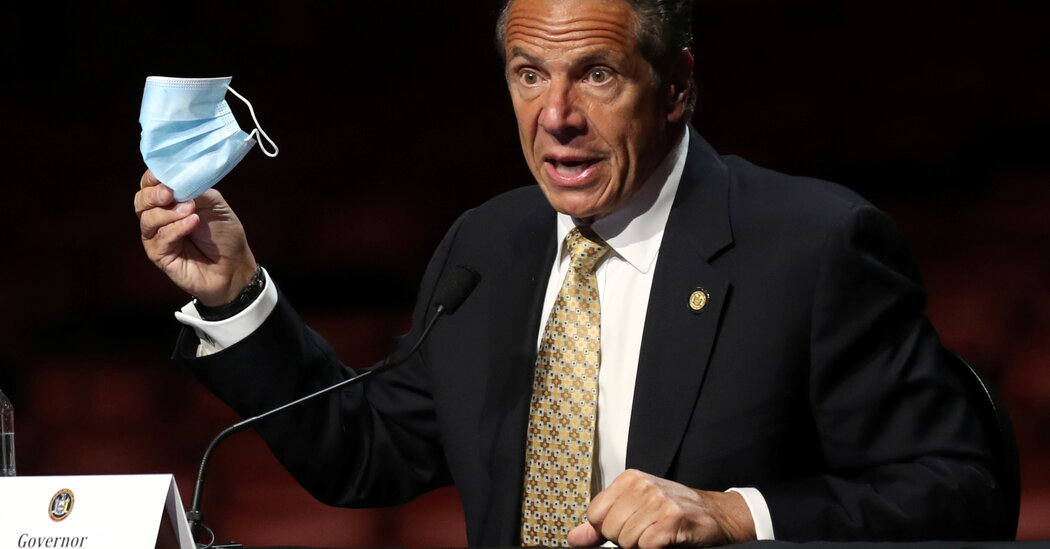Federal prosecutors have been looking into whether Gov. Andrew M. Cuomo’s administration granted special access to rapid coronavirus test results for the governor’s family and other influential people, according to two people with knowledge of the discussions.
Investigators from the Eastern District of New York had been looking into the handling of data on nursing home deaths by Mr. Cuomo’s office. More recently, their focus expanded, according to the people, to include questions surrounding a priority testing program that benefited Mr. Cuomo’s close family members, including his brother, Chris Cuomo, in the early weeks of the pandemic.
The governor’s office has not disputed that the governor’s family and others received priority access to testing in the pandemic’s early weeks.
But the special treatment for Mr. Cuomo’s family has lasted far longer than previously known: through at least last month, The Times found.
On April 3, the day before Easter, one of Mr. Cuomo’s daughters, Mariah Kennedy Cuomo, and her boyfriend, Tellef Lundevall, were tested at a state-run site in Albany, N.Y., and the samples were labeled a priority — “specials,” as they were known inside the Health Department — before being rushed for processing at the state’s Wadsworth Center laboratory nearby.
The samples were processed within hours, according to two people familiar with the events. Their reason for getting priority was personal: They were going to see the governor for the holiday.
The couple’s preferential treatment underscored how a system meant to ensure fast test results for high-priority cases — such as those involving possible outbreaks — had been repeatedly used for Mr. Cuomo’s immediate family and other influential people.
Officials are barred by state law from using their position to obtain “privileges or exemptions” for themselves or others, or even trying to do so. An impeachment inquiry into Mr. Cuomo, run by the State Assembly, has also begun considering the access the governor’s family received to testing.
Source: Read Full Article





